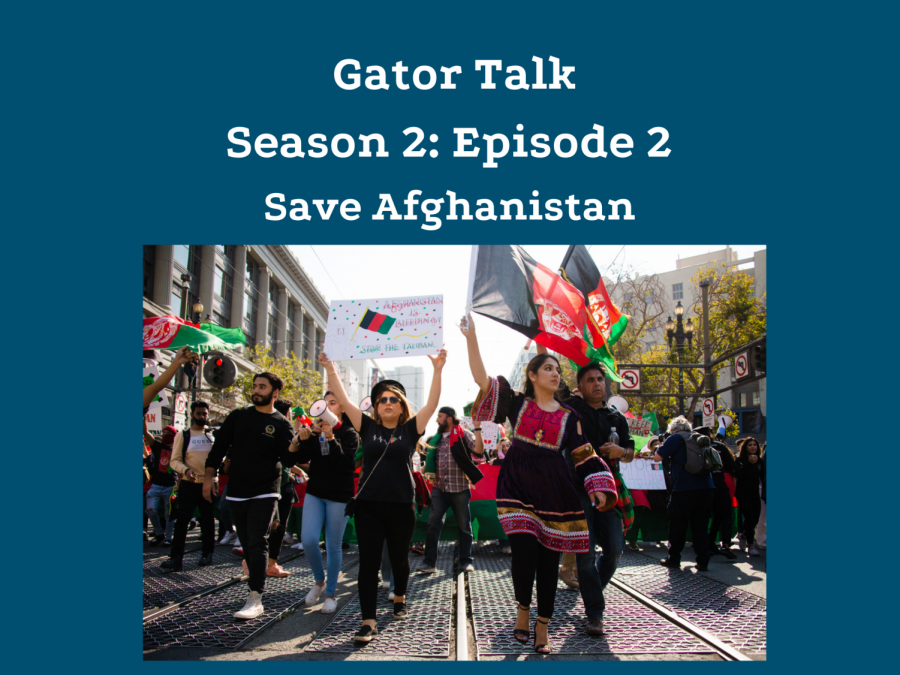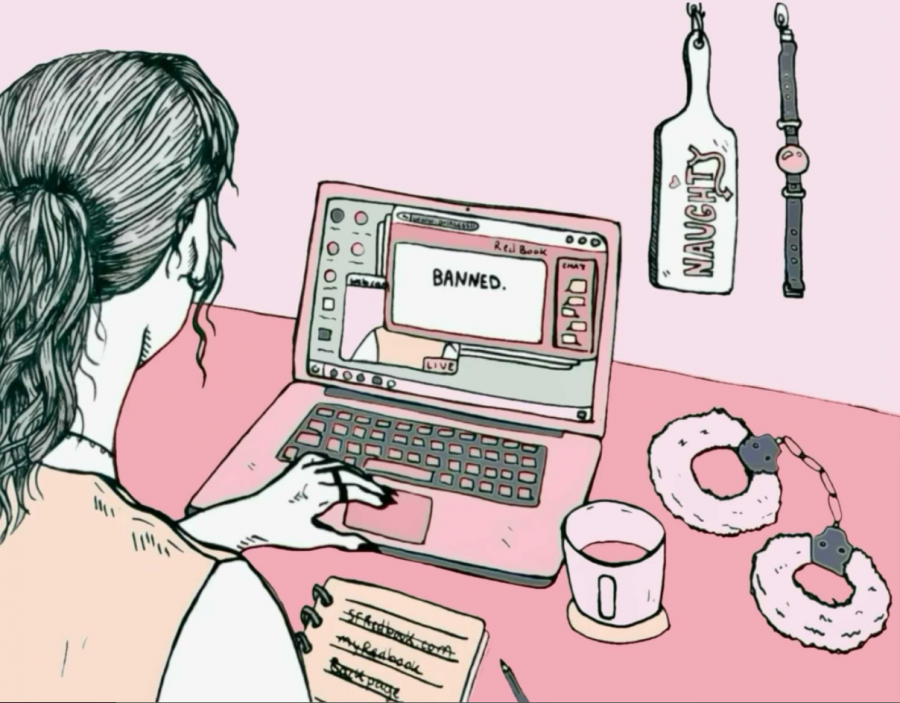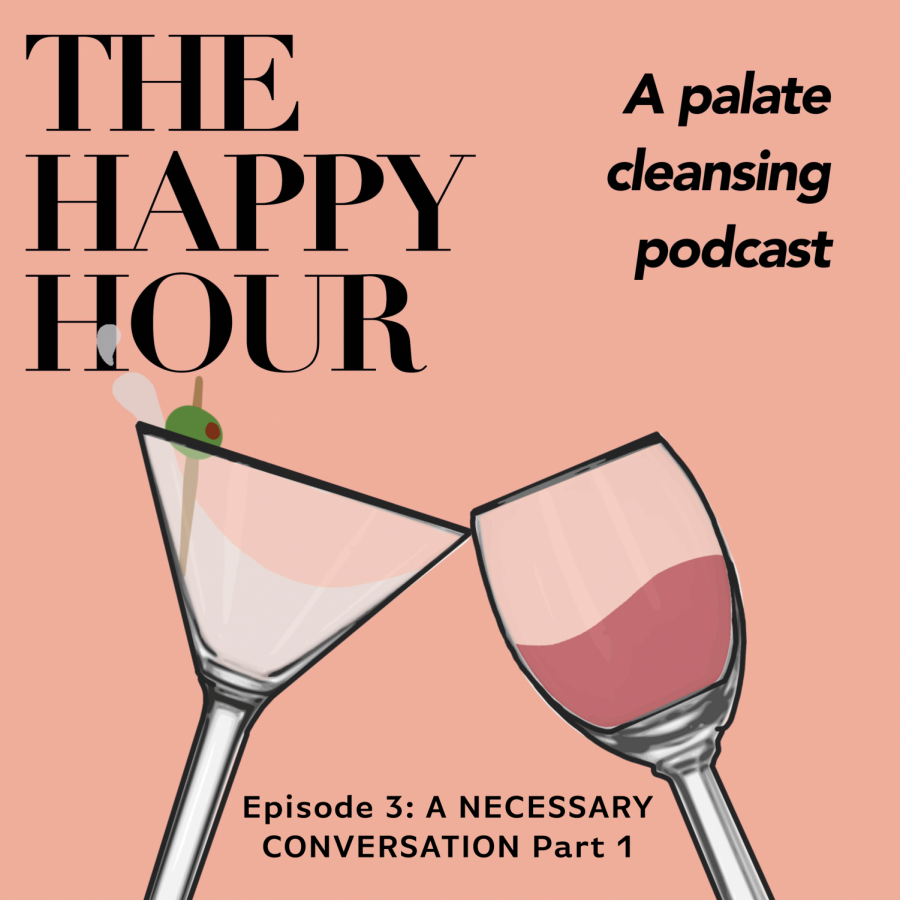Identity and fashion intertwined for a young boy when he moved to the Bay Area with his family from Iran. Combining his two homes — along with his sexuality, queerness, feminism and politics — artist Hushidar Mortezaie uses his design to reflect the heritage and pride of his culture.


Showcasing garments with the Persian language Farsi, famous Iranian pop stars and detergent embedded in the fabric, Mortezaie, an Iranian activist, artist and fashion designer, explained how identity and fashion are linked. He discussed his portfolio of political garments and performance art from the 1990s to now in his lecture at the Global Museum located in the Fine Arts Building on Nov. 28.
“The fact that I can’t go back to Iran is very difficult for me,” Mortezaie said. Since he is out in the media as gay, he could be facing a death sentence if he returns to Iran. Because of his sexuality, and feeling he didn’t belong in either his birth country or home country, Mortezaie said he was put in a third space. According to him, this is the major influence of his fashion. He explained that he archives Iran’s queer history and perception of masculinity on his clothes by using images of Iranian icons who were queer.
“People define you based on what they see, fashion is how you convey your identity,” said graduate student Nicole Lavay. Lavay works at the de Young Museum, and the Muslim fashion exhibit drew her to come to listen to Mortezaie talk about his fashion. “To me, clothing is not only personal expression but expression of groups you are apart of and the memories attached to clothing.”
Inspired by his own identity and Iranian history, Mortezaie uses his art to tell the story of Iran back to the Qajar dynasty. According to Mortezaie, this androgynous fashion era of women with mustaches and men in high heels and makeup to pronounce their unibrow inspires his pieces. He also said the art of Persian rugs is dying, which is why he fashioned it in his Champion line.
“Fashion is a form of expression and expressing your identity,” said freshman Lily Gates. “One of the ways the people can feel free is being able to dress how they want to within the confines of society.”
According to Mortezaie, his radical approach to identity and fashion are linked to politics because of his political family. His father’s left-leaning politics is one of the reasons he emigrated from Iran. After returning to Iran for the first time in 20 years in 1999, he created his fashion piece, “We will not submit.” As Mortezaie explained, the piece of Iranian women clad in the militia and traditional Iranian fashion was influenced by the gender politics in Iran. Mortezaie noted these fashion pieces were holding a mirror to stereotypes and imagery behind women and politics in Iran, such as the choice of whether or not to wear a hijab.
“Fashion and identity are linked in the sense that even if you don’t particularly think they’re linked, the way you dress can tell how you see yourself subconsciously,” said freshman Myles Moore.
According to Mortezaie, he is currently working with Afghan youth in Iran who help construct his clothes in Tehran and also model the designs. The fact he can’t physically be there doesn’t stop him from having his designs in Iran. For him, he said, it is not about the money, but having his designs physically in Iran.
“We are who we are and we can be Muslim here,” Mortezaie said. His piece “We are one” uses motifs that are Middle Eastern to express unity in a Middle Eastern voice. “I don’t have to wrap myself around a flag in that scarf to say that I am American, it shouldn’t have to be, it should be that you just respect me for who I am in whatever capacity.”
Lavay said she liked what Mortezaie said about fashion being apart of culture, identity and using is it as armor. “I think a lot of people try to dress in a way that will project a certain self-image and often I think we do that in order to protect ourselves, attract allies and ward off enemies,” she said.














zara • Dec 6, 2018 at 7:36 am
Great article. I agree fashion is part of our identity. It would have been nice to see a picture of Mortezaie’s art.